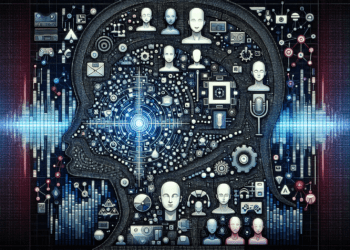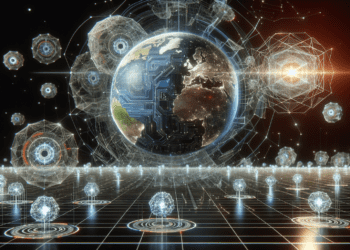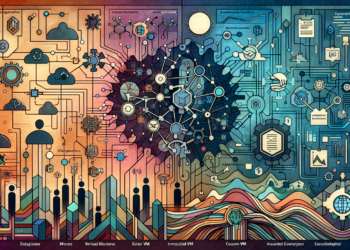Overview
- Io.net:Decentralized GPUs offers decentralized cloud services using idle GPUs for AI computations.
- It operates on the Solana blockchain with a dual token system: IO and IOSD tokens.
- The platform is part of the Decentralized Physical Infrastructure Network (DePIN) and provides cost-effective computational resources.
Use Case
- Aggregates GPU power from various sources for AI and machine learning at reduced costs.
- Seeks to democratize access to computational resources and compete with traditional cloud providers.
- Collaborates with decentralized projects like Filecoin for a verifiable marketplace.
Adoption
- Partnerships with Render Network to expand GPU capacity for AI and machine learning.
- Launched a $700,000 incentive program for GPU providers.
- 107,000 GPUs waitlisted during beta launch, indicating high interest.
- Dual native token system to reward miners and maintain the network.
- Collaboration with Filecoin to enhance decentralized cloud services.
- 36,000 GPUs already aggregated, showing capital investment in the protocol.
- User engagement and capital investment demonstrated by data center and GPU cluster adoption.
Team and Investors
- Team includes Tory Green, Moayad Alobaidi, Ahmad Shadid (Founder and CEO), and Smiral Rashinkar.
- Partnership with Render Network Foundation.
- Advisory board features Dr. Ben Goertzel and Andrey Danilenko.
- Team members’ doxxing status and detailed backgrounds are not explicitly mentioned.
Launch
- Launch announced for 11/03/2023 with public beta at Solana Breakpoint conference.
- Plans to roll out 107,000 committed GPUs in stages to reduce computation costs.
- Dual native token system with IO Coin as a governance token and IOSD Token as a stable credit token.
- Tokenomics designed to reward miners for workloads and network uptime, leveraging Solana’s blockchain for rewards.
Summary
- Io.net:Decentralized GPUs aims to decentralize computational power for AI and machine learning.
- Blockchain technology, partnerships, and incentive programs are key to its potential disruption of cloud services.
- Launch success and dual token system adoption are crucial for the future of decentralized GPU computing.
- Monitoring ecosystem development, user base expansion, and team contributions is important for project growth.






